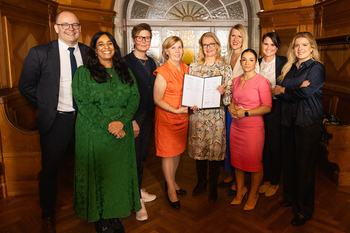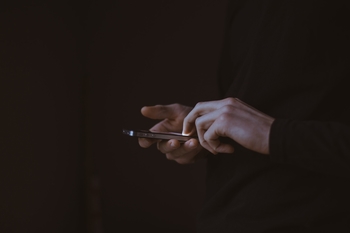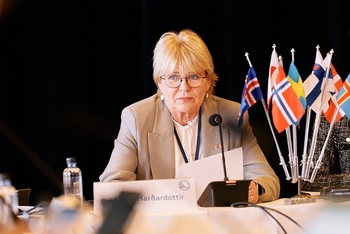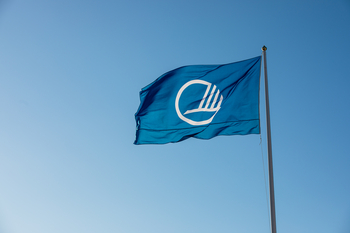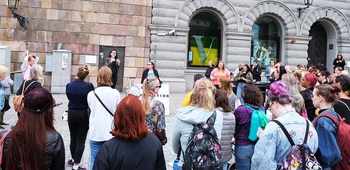Nordic Museum in Seattle attracts media spotlight
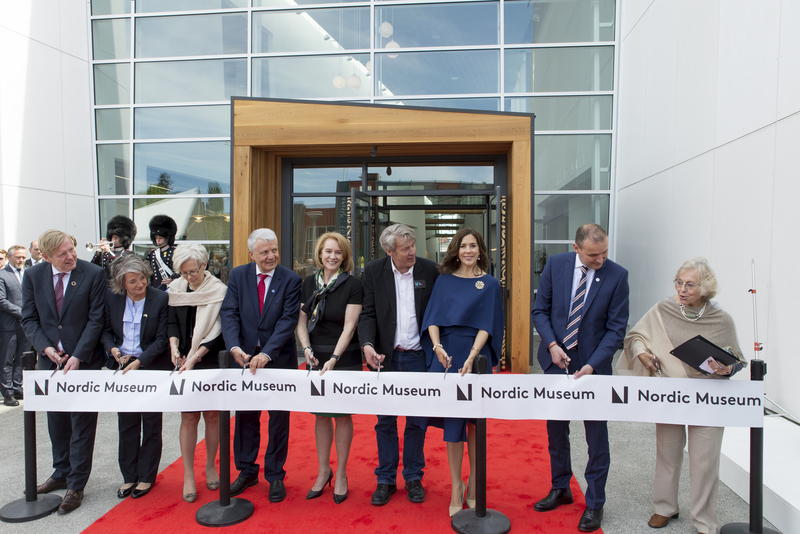
The Nordic Museum opened its doors last week with a ceremony full of pomp and splendour and graced by a royal visit. The impressive new building conveys Nordic culture in a historical light alongside contemporary art and technology and highlights the links between North America and the Nordic Region.
“The bonds between the Nordic countries and the north-west coast of America are strong, alive and developing all of the time,” Crown Princess Mary of Denmark stressed in her opening speech.
The Secretary General of the Nordic Council of Ministers, Dagfinn Høybråten, attended the ribbon-cutting ceremony at the official opening of the new museum along with the Danish crown princess, the Icelandic President, Guðni Th. Jóhannesson, Jorodd Asphjell MP (NO) of the Nordic Council and the Nordic ambassadors to the United States.
“The new museum is a magnificent manifestation of the cultural heritage of the Nordic Region and of our contemporary art and culture,” the Secretary General said.Visitors enter the museum via Fjord Hall, which has headroom of over ten metres. Moving from one part of the museum to another involves using glass walkways six feet above floor level. The experience symbolises the trepidation with which many immigrants put down up to a year's salary for a boat ticket, not knowing if luck would be with them on the other side of the Atlantic.
“We are honoured and proud to share our history with you here in Seattle,” the President of Iceland, Guðni Th. Jóhannesson, told the opening ceremony.
The Nordic Region is hot
The Nordic Region, our social models, values, solutions and technology have been attracting growing interest in North America in recent years. The opening of the new museum building in Seattle also hit the headlines in US media such as Washington Post and NBC Seattle.
The fact that raising the profiling of the Nordic Region is an important aspect of the work of the Nordic Council of Ministers made it a natural conduit for the museum to forge contacts with the national museums in the Nordic countries, borrow parts of its exhibition from them and develop its Nordic narrative.
“This is why we have played our part in this project, and I would like to take this opportunity to thank the staff of the Nordic Museum for working so well with us and doing so in the true Nordic spirit,” Høybråten added.
Past, present and future
The original Nordic Museum opened in 1979 in an old school building. The exhibition was modest and mainly consisted of artefacts from the old countries between 1880 and 1920.
Now, it is a state-of-the-art museum covering the period from 800 to the present and featuring exhibits from the Viking Age in Norway to the somewhat more abstract concepts of Finnish “Sisu” and Danish “hygge”.
Nor has it escaped the museum's attention that American Microsoft has acquired Danish/Swedish Skype from its founders, not to mention the Swedish game Minecraft. The Finnish games Clash of Clans and Angry Birds also feature in the exhibition.
The world has changed in so many ways from the time when so many emigrants from all over the Nordic countries made their way to the United States and Canada. Some things remain the same though – people have a need to exchange experiences, learn from each other and share stories from the past and the present. The fact that the bonds between the Nordic Region and North America are just as strong as they were a century ago bears witness to how well the two parts of the world still work together.
“We have a joint responsibility to preserve and promote links between the past and present. It is important that we constantly remind each other of our history and pass it on to our children and young people. We need to forge new bonds and take care of the old ones, to stimulate understanding and contact between people,” the Secretary General concluded.
